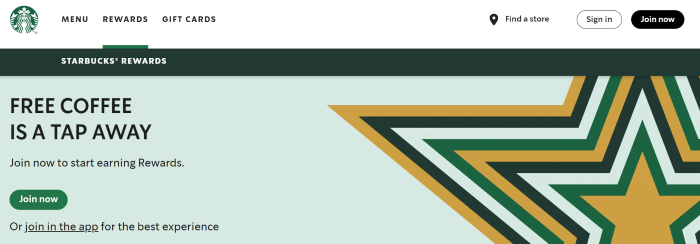
37 Search Engines to Use Other Than Google
Looking for alternative search engines to Google? Here are the 37 best search engines other than Google.
As a bonus, I included several other specialty search engines that can help you find specific items like images and social media posts.
Best Alternative Search Engines
To start off our search adventure, let’s look at some general search engines beyond the top three — Google, Bing, and Baidu.
1. DuckDuckGo
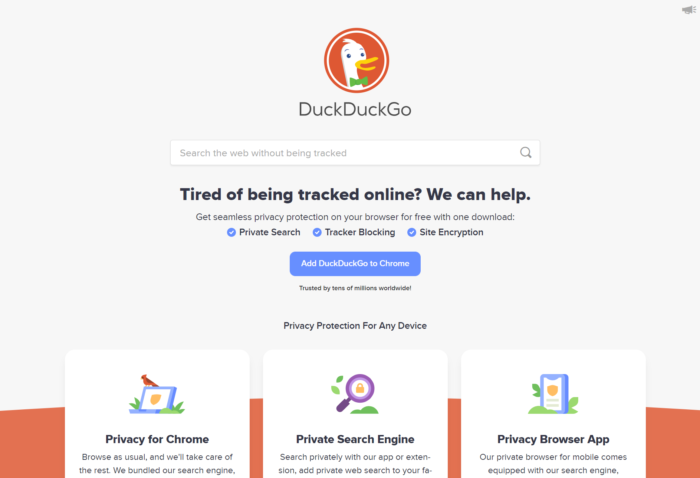
Concerned about online privacy? DuckDuckGo prides itself on being the search engine that does not track or personalize your searches and results. They even offer handy visual guides on Google tracking and filter bubbling.
If you’re an iOS user, you can set DuckDuckGo as the default search engine in Safari. It’s also an option for Safari on macOS.
2. Ecosia
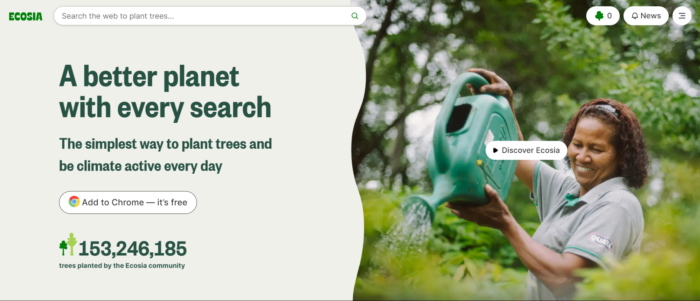
Want trees planted while you search? That’s what Ecosia does! Simply run your normal searches, and Ecosia will use its surplus income to support conservationist organizations that plant trees.
Don’t worry. You don’t have to sacrifice quality results to do good — Ecosia uses Bing and its own search algorithms.
3. Dogpile
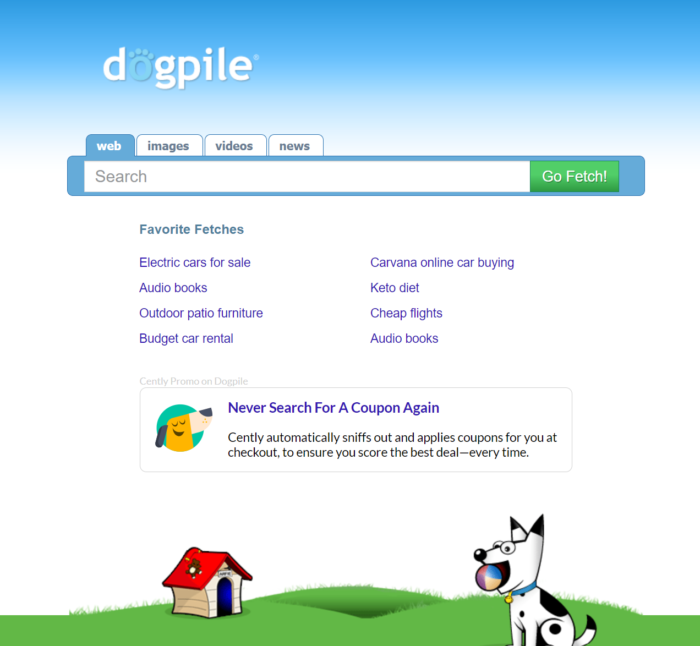
If you want results from the top three search engines but don’t want to go to them individually, try Dogpile. Its results are pulled from the top three search engines without all the mess.
4. WolframAlpha
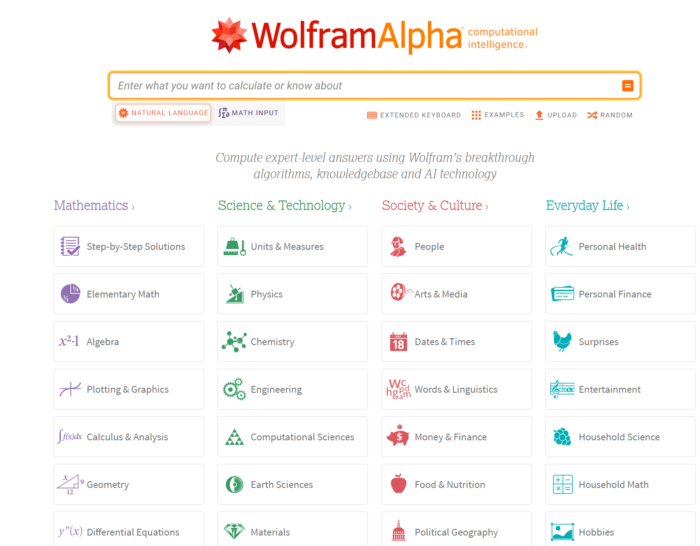
Looking for a search engine based on computation and metrics? Try WolframAlpha. It gives you website data, historical information by date, unit conversions, stock data, sports statistics, and more. You can see examples by topic to learn more.
5. Gigablast

Want an open-source search engine? Check out Gigablast. While it doesn’t always get things right, it does provide a retro look, returns results quickly, and offers a predictive search feature similar to that of the now-defunct Google Instant.
6. Startpage
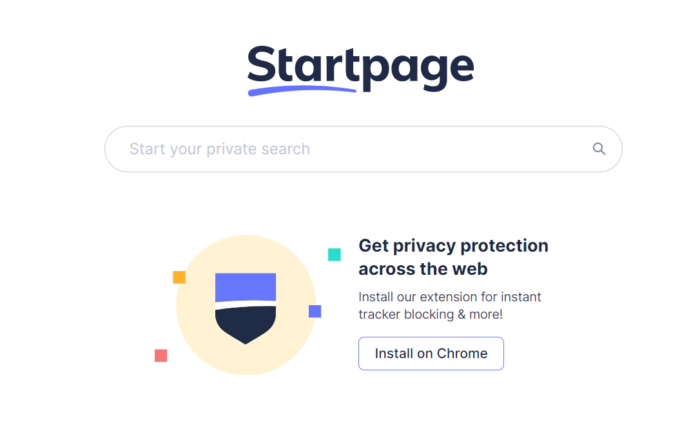
If you want to search without being tracked, Startpage is another solid option. It allows you to search without cookies or trackers. They even offer a Chrome plug-in so you can keep using Google — and protect your privacy.
7. Qwant
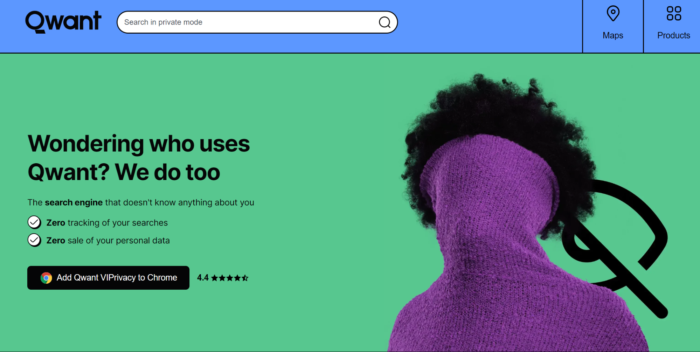
Looking for an EU-based search engine that allows you to search in “complete confidentiality?” Paris-based Qwant puts your privacy first by neither tracking your searches nor selling your personal data.
Social Network-Specific Advanced Search
Many consumers are turning to search engines outside of Google to find content on social media networks, including user-generated content from influencers. Need to find something specific on one of the top social networks? Here are some great advanced search pages.
8. Facebook Search

Want to see a particular search across different areas of Facebook? Use Facebook’s advanced search options. Type in your query, then hit enter. Facebook offers a variety of filters on the left sidebar to view search results for people, pages, places, groups, and more.
9. LinkedIn People Search
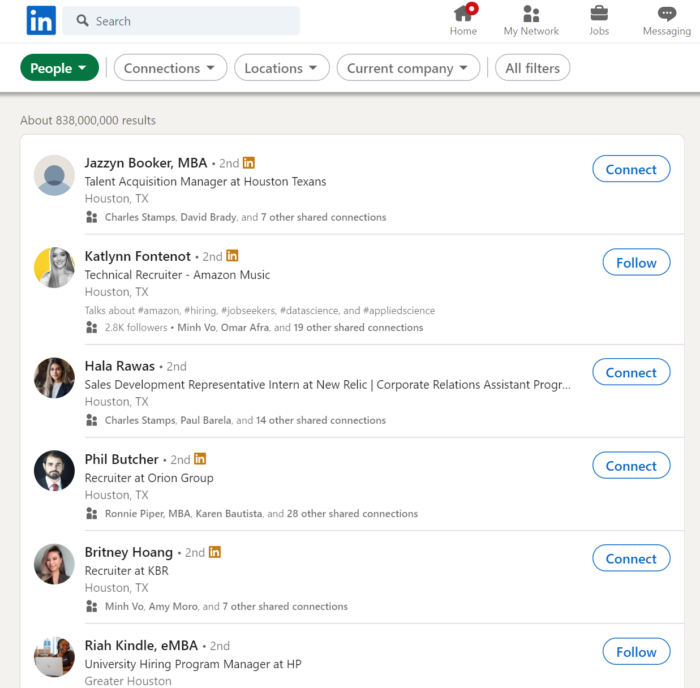
If you want to find some new connections on LinkedIn, use the advanced people search. This lets you narrow down your results by the above, plus relationship and language. Premium members have access to additional search filters, including LinkedIn groups, company size, years of experience, and more.
10. LinkedIn Job Search
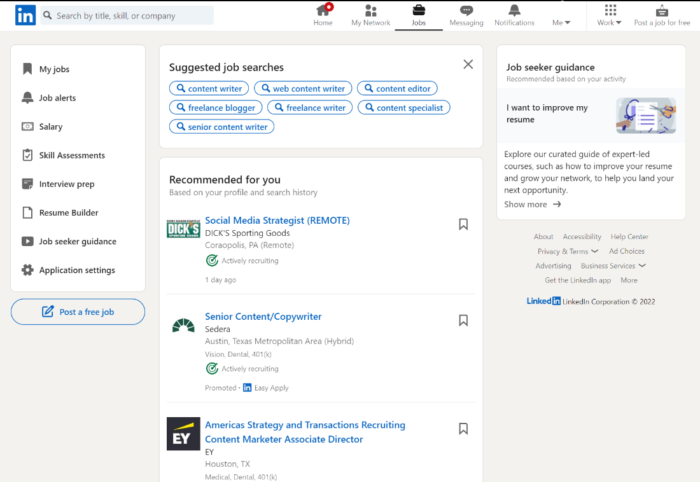
LinkedIn offers job seekers an advanced job search to find opportunities using the above information, plus experience level and industry. Premium members can narrow their search down further by the salary offered.
11. Twitter Search
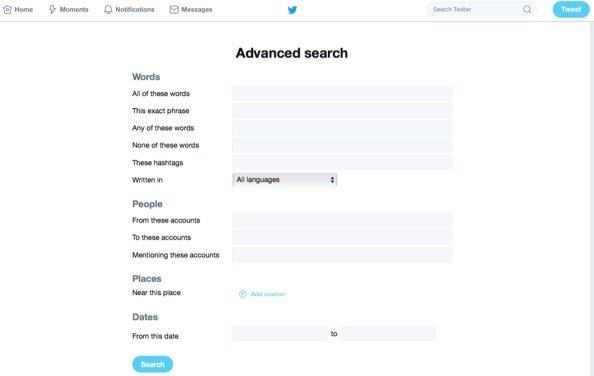
Twitter’s advanced search is a great way to find better results on Twitter. It is especially great for businesses looking for a local audience by allowing them to filter their results using the Near this place field.
Social Search Engines
The following search engines other than Google allow you to search one or more social networks in one place and gain additional data about the results.
12. Keyhole
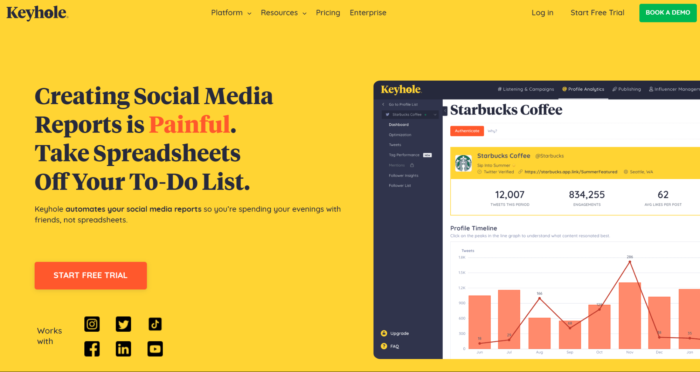
Keyhole allows you to search for hashtags, keywords, @mentions, and URLs. Want to see how your latest blog post was shared across social networks? Just select URL on Keyhole, put in the URL, and you’ll see who has shared it. You can measure, improve, and report your impact on social media. From social listening to influencer tracking, Keyhole can help you improve your social media strategy.
13. Social Mention
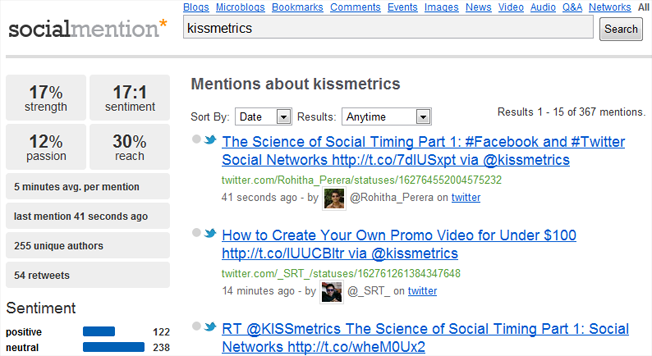
Social Mention allows you to search across multiple types of networks, including blogs, microblogs, bookmarks, comments, events, images, news, and more.
14. Buzzsumo
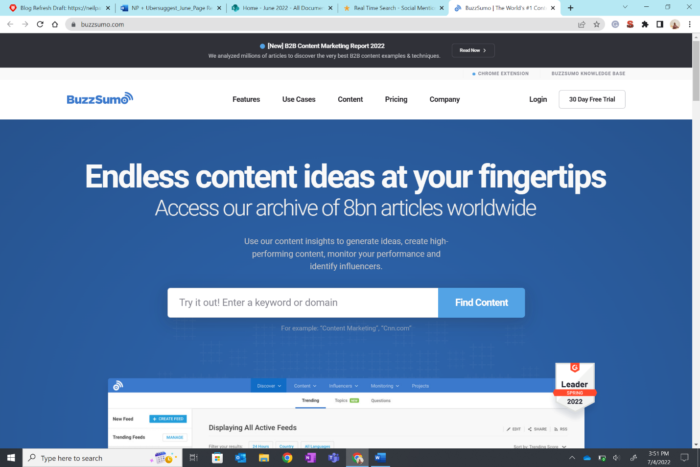
Use Buzzsumo if you have a topic in mind and want to see which articles on the web were most shared for that search. There is a paid version that can give you access to more tools for each topic.
Forums
Want to participate in forums in your industry? Use this search engine to find results specifically on forums.
15. BoardReader
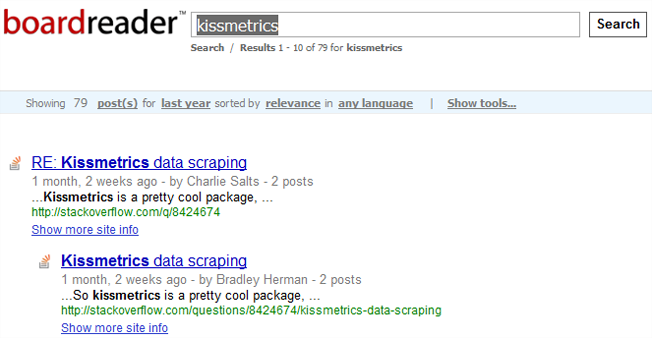
BoardReader allows you to search forums and narrow results down by date (last day through last year) and language.
Blogs
Find industry-related blogs and posts using the following search engines other than Google.
16. Blog Search Engine
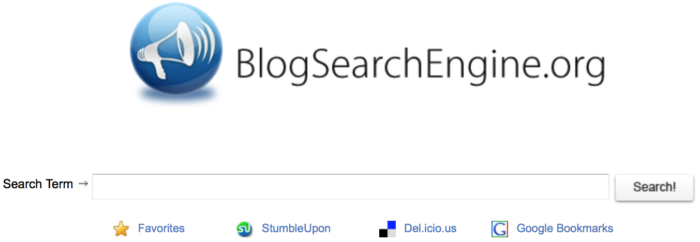
Blog Search Engine aptly describes this search engine. Search blogs and blog posts using keywords. It’s not perfect, but it’s better than a general search.
Documents, eBooks, and Presentations
If you’re looking for documents, eBooks, presentations, or other similar file types, try the following searches.
17. Google Advanced Search
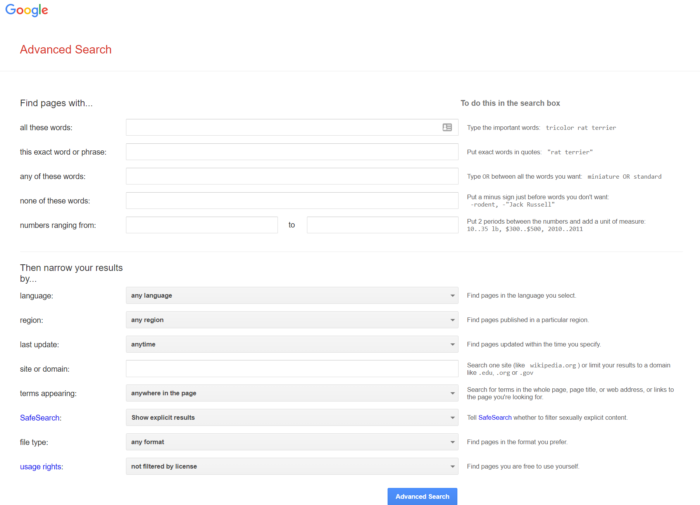
Google Advanced Search allows you to search for specific types of documents. Looking specifically for PDFs? Set that as your criteria. Want to search for Word docs or PowerPoint presentations? Then tell Google to find those file types.
18. Scribd
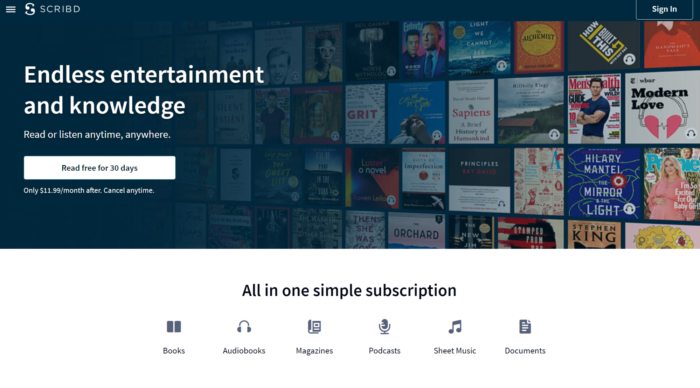
Scribd is the largest social reading and publishing network that allows you to discover original written content across the web. Sort results by category, language, length, file types, upload date, and cost (free or for sale).
19. SlideShare
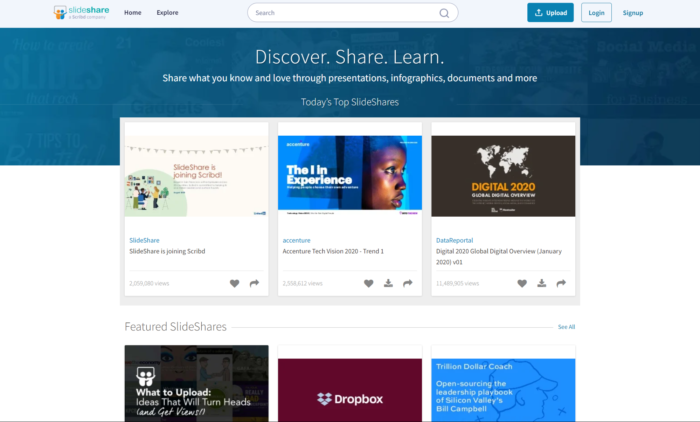
SlideShare, acquired by Scribd in 2020, is a community for sharing infographics, documents, and presentations. If you missed a conference or webinar, there’s a good chance the slides and other handouts from your favorite speakers are here.
Image Search Engines
Looking for beautiful images? Try these image search engines — note that you must gain permission to use any images you find unless they are specifically marked as Creative Commons- licensed.
20. Flickr

Flickr offers an advanced search screen that allows you to find photos, screenshots, illustrations, and videos on their network. You can also search within Creative Commons-licensed content.
21. Pinterest
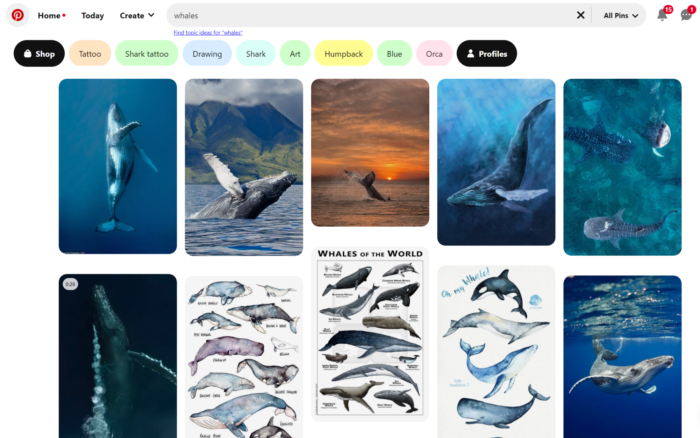
The ultimate image platform, Pinterest allows you to search for anything visual — clothing, cars, floors, airplanes, etc. — and pin it to your favorites. Just be sure you don’t steal copyrighted work. You will need to have an account before you can begin searching.
Bing
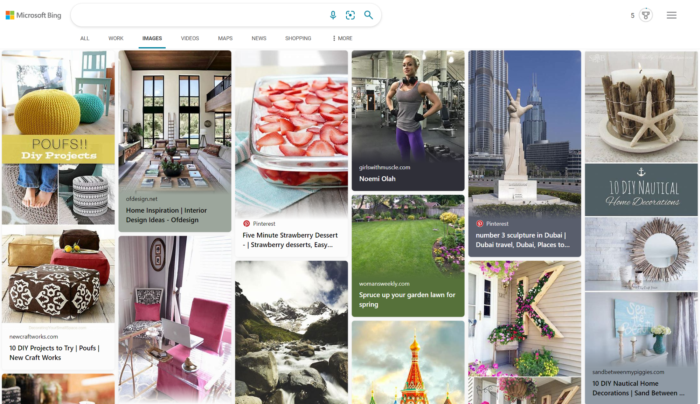
Bing offers an image search that starts out with the top trending images, then leads to images that can be filtered by size, layout, and other criteria. They also display tabs above the results with related search queries.
23. Google Advanced Image Search
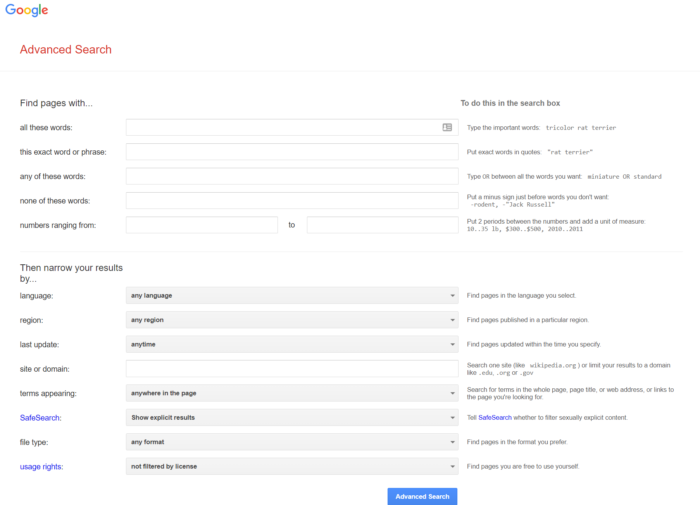
Google Advanced Image Search allows you to get even more specific about the images you are looking for, including specifying whether they are faces, photos, clip arts, or line drawings. You can also search within images labeled for reuse commercially and with modifications.
24. TinEye
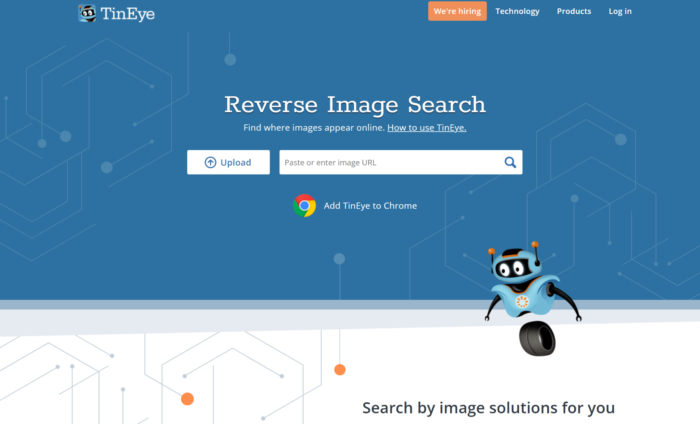
Have you seen an image around the web and want to know where it came from? That’s what TinEye is for. Just put your image in the search box, and TinEye will find where that image has been seen from around the web.
Creative Commons Media
Need to find media created by others to use on your website? Try these Creative Commons searches.
25. Openverse
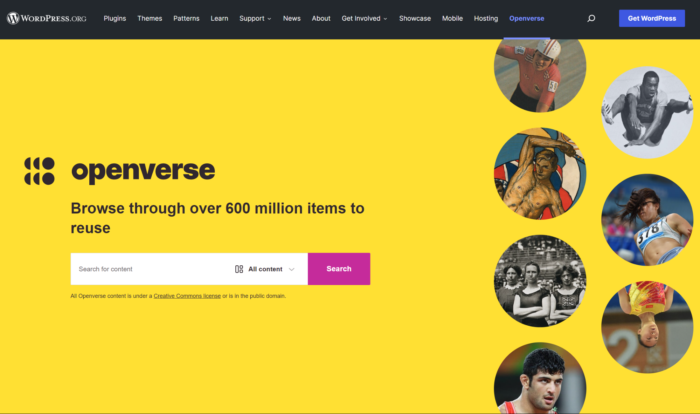
Looking only for images that you can repurpose, use for commercial purposes, or modify? Try Openverse, which allows you to look through multiple sources, including Flickr, Google Images, Wikimedia, and YouTube.
26. Wikimedia
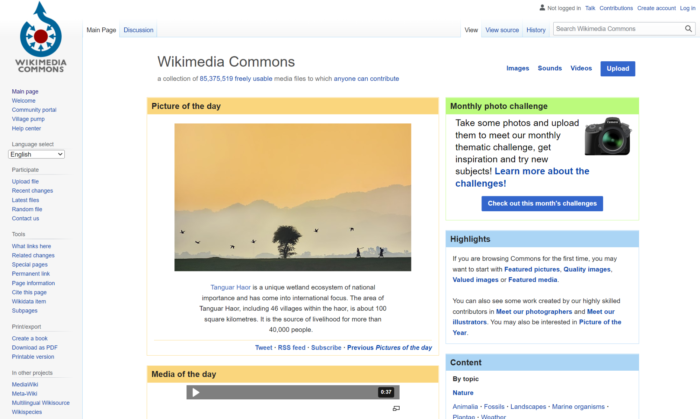
Wikimedia Commons has millions of files in their database of freely usable images, sound bites, and videos. Use the search box or browse by categories for different types of media.
Video Search
Looking for videos to embed on your website or simply entertain you? Try these video search engines that scan multiple sources to find what you need.
27. Yahoo
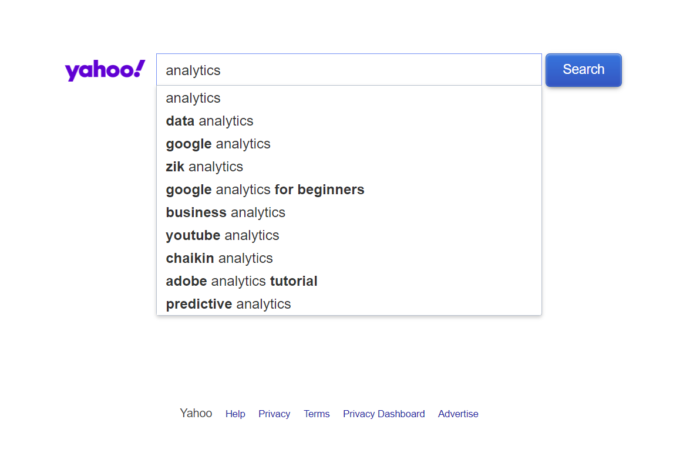
Yahoo Video Search allows you to search through video content from YouTube, Dailymotion, Vimeo, and other online video providers for videos on any topic.
28. SideReel

SideReel goes beyond YouTube to search shows on dozens of streaming platforms like HBO Max and Hulu.
29. AOL Video Search

AOL Video aggregates the day’s best clips from around the web, but you can also use it as a search engine.
30. Google Video
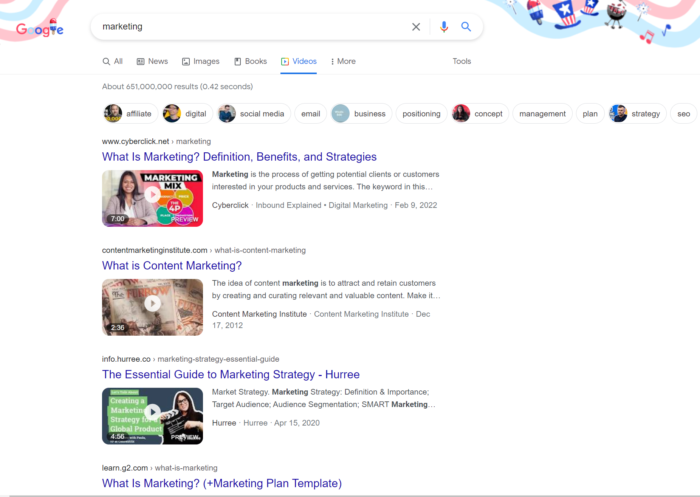
Google Video Search allows you to search for videos on any topic and filter your results by duration, date uploaded, video source, and much more.
Website Data & Statistics Search Engines
Looking for information about your favorite brands and websites? Try out these search engines other than Google for data and statistics.
31. Crunchbase
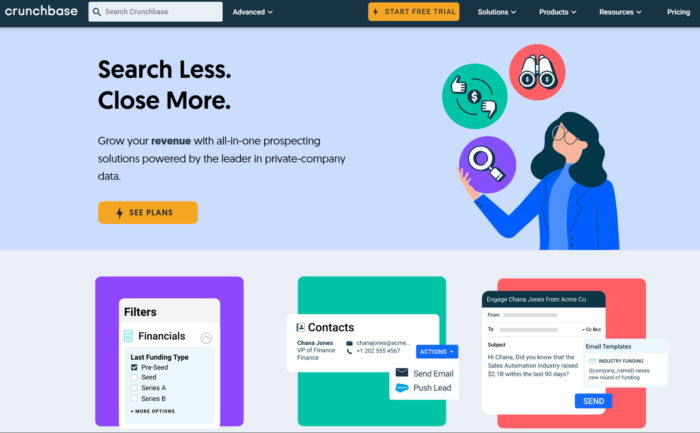
Crunchbase offers insight into your favorite online brands and companies. Listings tell you people who are associated with a company, contact information, related videos, screenshots, and more.
32. Similarweb
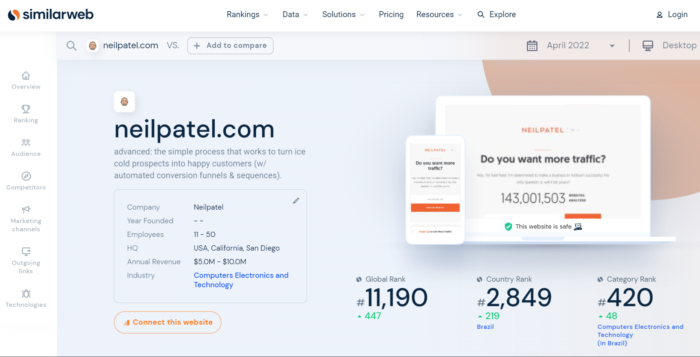
Similarweb allows you to search for website or app profiles based on specific domains or app names. Domains with a high volume of traffic will include data such as total regional visitors per month, page views, online vs. mobile, demographics, sites similar audiences like, and more.
33. BuiltWith
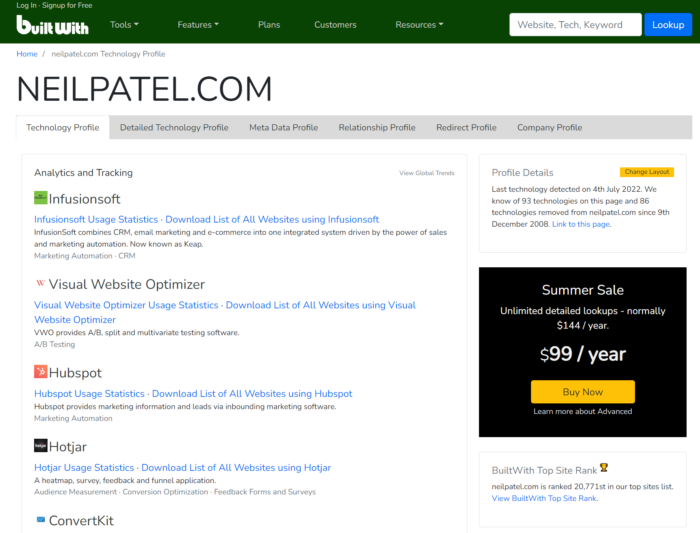
Curious to see what technology your favorite sites use and usage trends for that technology? BuiltWith allows you to search for domains and see the technology they use, including analytics, content management systems, coding, and widgets. You can also click on any of the products to see usage trends, industries using the technology, and more.
Advanced Google
Can’t get away from Google but want to get more out of it than a simple Google.com search? Try these advanced Google search features.
34. Google Advanced Search
Looking for something specific? Try Google Advanced Search or use advanced operators in your search queries.
35. Google Scholar
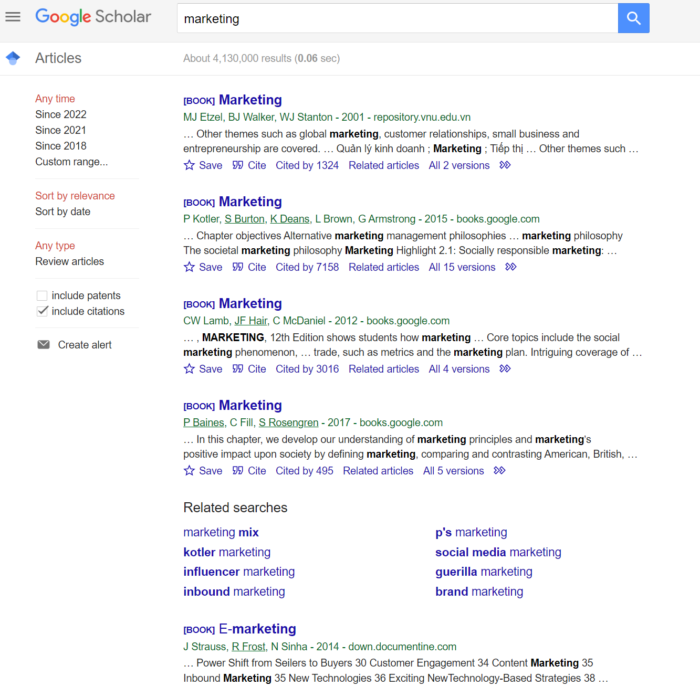
If you are looking for articles, theses, books, abstracts, court opinions, or other information provided by academic publishers, professional societies, and universities, try Google Scholar Advanced Search. You can also use advanced operators to refine your search results even more.
36. Google Books

Google Advanced Book Search helps you find search queries in books. You can also find entire books published online that might be available to download via PDF (when in the public domain).
37. Google Search Help
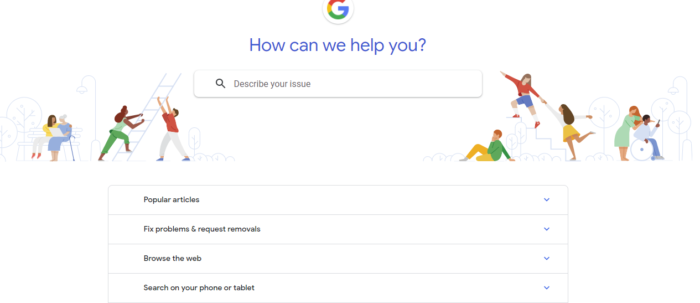
Need to help to make the most out of Google? The Google Search Help page allows you to search for privacy settings, manage podcasts, control your privacy, and more.
For 2022, these are the most popular search engines based on worldwide market share:
DuckDuckGo doesn’t track your search history at all, making it one of the best search engines for privacy-concerned users.
Conclusion
It seems like everyone is on a mission to dominate Google, but there are a wide range of other search engines and advanced Google features you might be ignoring.
Whether you are looking for interesting content your audience will want to re-share or want to protect your privacy, these advanced and alternative search engines will help you find just what you are looking for.
What are your favorite advanced and alternative search engines? Please share them and how you use them in the comments, and happy searching!


